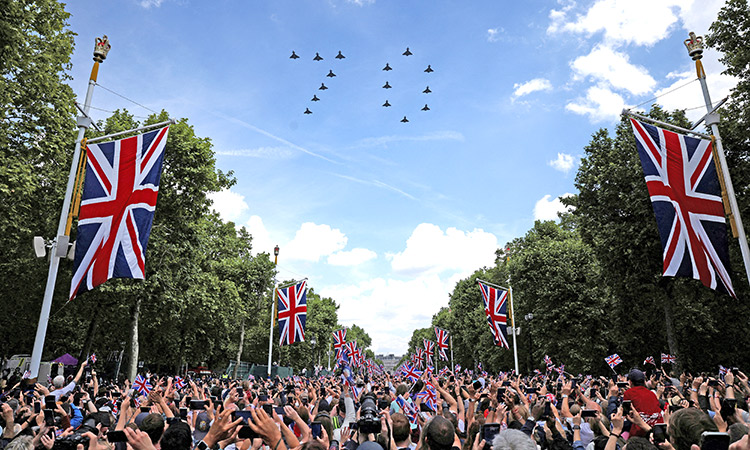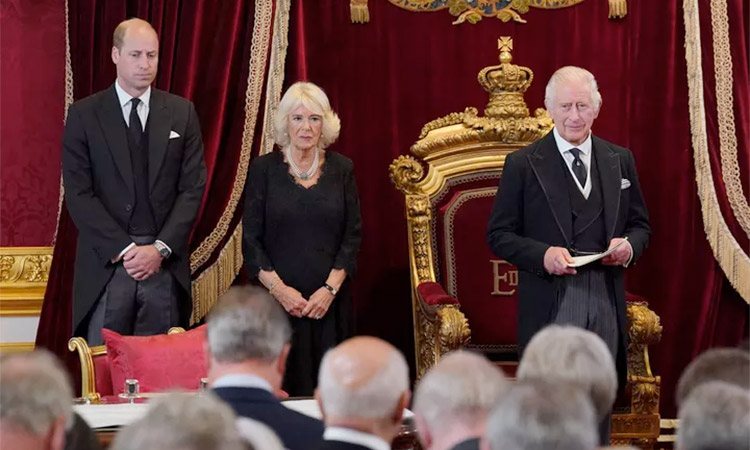Elizabeth II – symbol of constitutional propriety

Queen Elizabeth II
The people display affection for her which is rare for anyone holding public office. She maintained herself with dignity and grace, and she followed the proprieties of constitutional monarchy, which had become the norm in England since 1688. The British monarch can reign but cannot govern. It might appear a paradox, but it has worked well for the English people. Queen Elizabeth II has contributed to it immensely by playing by the rules. Politics in England took its course even as the Conservative Party and the Labour Party fought it out, with the Conservatives following the Labour policy of welfare started in 1945 when Labour Party first came into power on its own. Then came the uneasy 1960s and 1970s until Margaret Thatcher brought in her political revolution of the right, so much so that when Labour Party came to power in 1997, after 18 years of political wilderness, Tony Blair invented the New Labour in the image of Thatcherite Conservative Party. England went into European Union and then came out of it. England had become a multi-racial, multi-religious and multi-cultural country. Queen Elizabeth II had presided over all the political and cultural changes like a good matriarch. She was not flamboyant and she did not identify with the new generations and their new ideas like Princess Diana did in the 1990s. It almost looked that glamorous Diana overshadowed the queen. But Queen Elizabeth II held her own and quietly too.
More than her politically correct monarchical performance, the queen turned out to be a good example of traditional family values. She was married to Prince Philip, Duke of Edinburgh, throughout, and she saw a family of three sons and a daughter grow up and go their own ways. Even as her married life remained steady as a rock, her children went through family turbulence, through divorce, and even scandal as in the case of Prince Andrew. Princess Diana caused a breach in the boring façade of royal life, but the queen did not change her ways. When Diana died in 1997, she spoke to the nation, and walked out of the Buckingham Palace gates, and met the mourners, especially the young people who turned up. She became a figure of solace and assurance in a moment of tragedy.
We will never know what the political views or political preferences of the queen are because as constitutional monarch bound by the advice offered by her council of ministers led by the prime minister, and parliament, she did not have a voice or preference of her own. But that did not reduce her to a political cipher. She seemed to have become a political anchor, and prime ministers from Winston Churchill, deferred to her in more ways than one.
The reason that the queen remains a popular monarch though she belongs to a different era and her value system has just gone out of fashion is that she does her duty as the monarch. That seems to have endeared her to the people, even those staunch republicans, who have always been a minority in England. She has ironically presided over the vast colonial empire of Britain, but not many are keen to reject the British monarch as the symbol of Commonwealth countries, a quaint association of the former colonies. As she said in her message, it is the goodwill of the people that gave her energy to go on. It seems that goodwill of people of many generations and many languages has been a hard-earned one. She worked for it quietly for the last 70 years.






